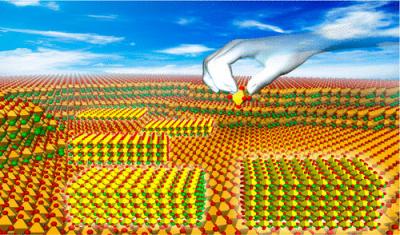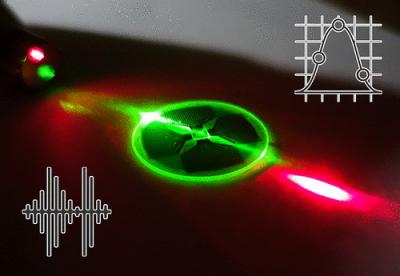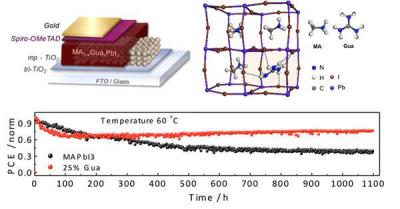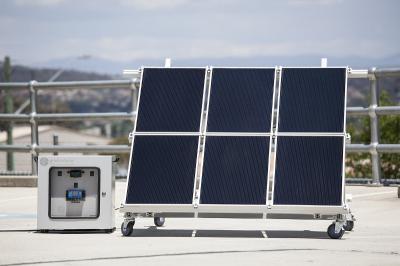Perovskite-based hybrid solid-state system efficiently removes hydrogen from water
Researchers from South Korea have developed a new system that uses perovskite materials for producing hydrogen from water, which they say overcomes several of the common challenges and produces gas more efficiently than other water electrolysis systems.

The new device was developed by a research team consisting of scientists from the Ulsan National Institute of Science and Technology (UNIST), Korea Institute of Energy Research (KIER) and Sookmyung Women's University, and is based on an existing design called a solid oxide electrolyzer cell (SOEC). These are similar to other electrolyzers in that an electrical current splits water into its constituent molecules ' hydrogen and oxygen ' which can then be harvested. The difference is that in this setup, both electrodes are solid-state, as is the electrolyte that carries the ions between them.








